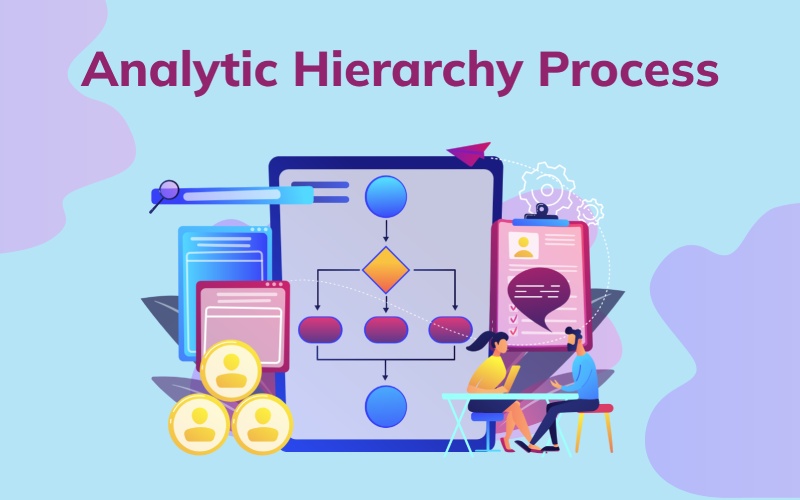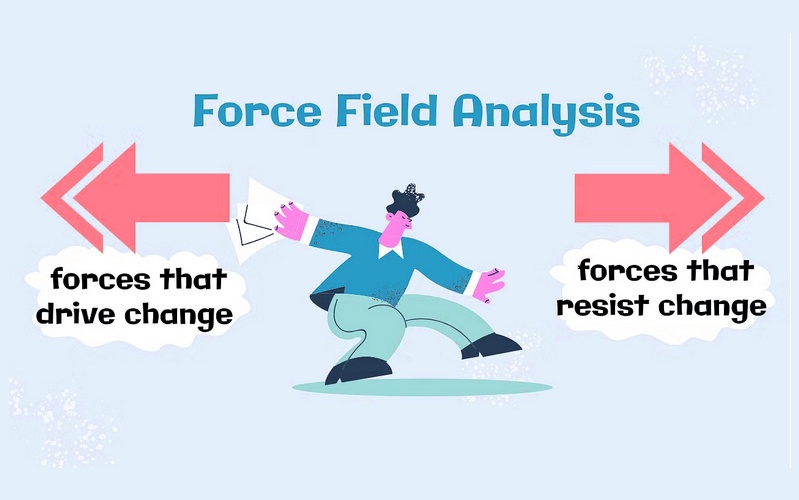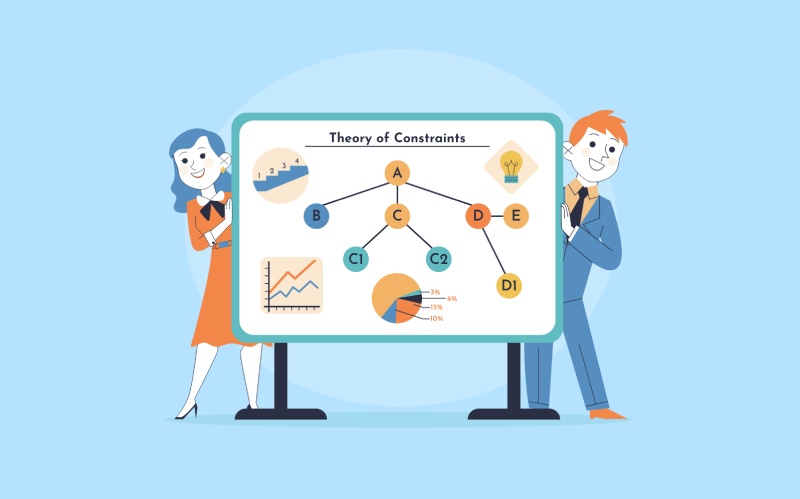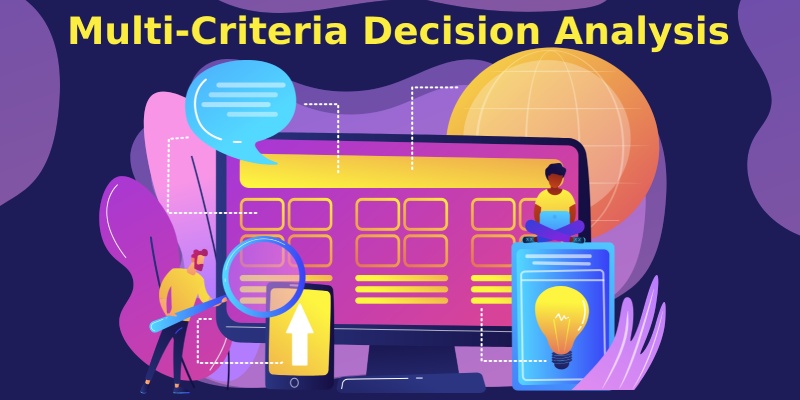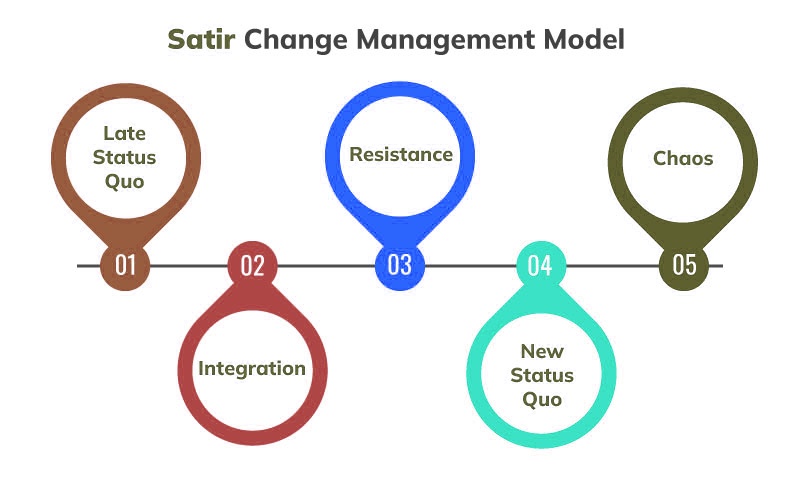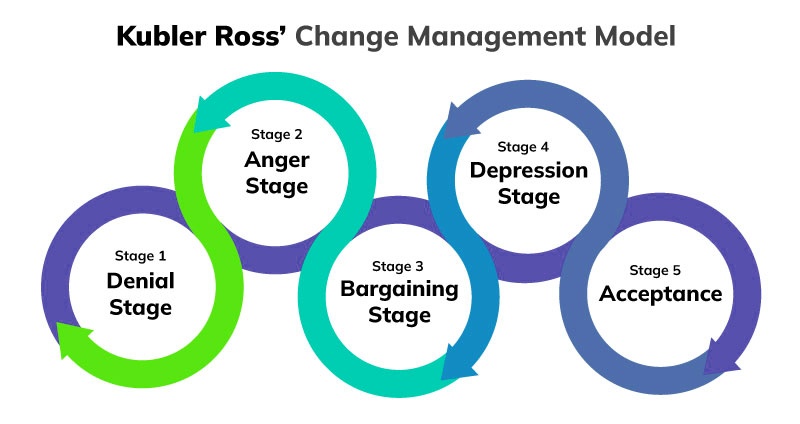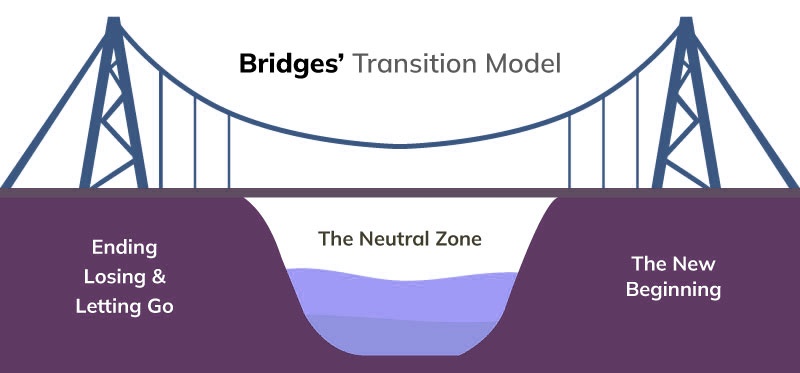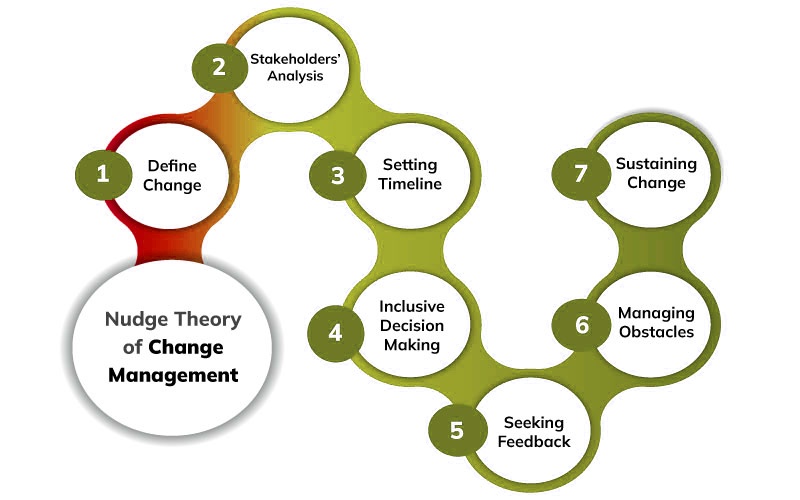Overview
Decision-making is a fundamental aspect of both personal and professional life, often requiring individuals and organizations to weigh multiple criteria and alternatives. However, making decisions in complex situations can be challenging, especially when faced with conflicting objectives or limited resources. The Analytic Hierarchy Process (AHP), developed by Thomas L. Saaty, provides a structured approach to decision-making that helps prioritize alternatives based on multiple criteria. In this blog, we'll explore the intricacies of the Analytic Hierarchy Process, its steps, and its applications in various domains.
Table of Contents
Unveiling the Analytic Hierarchy Process (AHP)
The Analytic Hierarchy Process is a multi-criteria decision-making methodology that breaks down complex decisions into a hierarchical structure. It enables decision-makers to systematically compare alternatives by considering both qualitative and quantitative factors. The AHP process is based on the principle of pairwise comparisons, where decision-makers assess the relative importance of criteria and alternatives through direct comparisons.
Steps of the Analytic Hierarchy Process (AHP)
Define the Decision Hierarchy: The first step involves identifying the decision problem and structuring it into a hierarchical model comprising the goal, criteria, and alternatives. The goal represents the overarching objective, criteria represent the factors influencing the decision, and alternatives represent the options under consideration.
Pairwise Comparisons: Decision-makers compare each criterion to every other criterion and assign numerical values representing their relative importance. Similarly, they compare each alternative to every other alternative within each criterion and assign values representing their relative performance or suitability.
Calculate Weighted Scores: Using the pairwise comparison judgments, AHP calculates the weighted scores for each criterion and alternative. The weights reflect the relative importance of criteria, while the scores indicate the relative performance of alternatives within each criterion.
Consistency Check: AHP assesses the consistency of pairwise comparison judgments to ensure the reliability of the decision-making process. If inconsistencies are detected, decision-makers are prompted to revise their judgments until a consistent set is obtained.
Aggregate Scores: Aggregate the weighted scores for each alternative across all criteria to obtain a comprehensive ranking. The alternative with the highest aggregated score is considered the most favorable option.
Sensitivity Analysis: Conduct sensitivity analysis to assess the robustness of the decision results to changes in criteria weights or judgments. This step helps identify critical factors that may significantly impact the decision outcome.
Applications of the Analytic Hierarchy Process (AHP)
Project Selection and Prioritization: AHP is widely used in project management to prioritize projects based on criteria such as cost, time, risk, and strategic alignment. It helps allocate resources effectively and ensures that projects align with organizational objectives.
Vendor Selection: AHP assists in selecting vendors or suppliers by considering criteria such as quality, price, reliability, and delivery time. It enables organizations to make informed decisions that optimize value and minimize risk.
Strategic Planning: AHP supports strategic decision-making by evaluating strategic options, such as market entry strategies, product diversification, or investment opportunities. It helps identify the most viable strategies that align with long-term goals.
Resource Allocation: In healthcare, education, and other sectors, AHP aids in allocating resources among competing demands or priorities. It enables decision-makers to balance conflicting objectives and optimize resource utilization.
Significance of the Analytic Hierarchy Process (AHP)
The Analytic Hierarchy Process offers several advantages
Structured Decision-Making: AHP provides a systematic and transparent framework for decision-making, enhancing the rigor and consistency of the process.
Incorporation of Subjective Judgments: AHP allows decision-makers to incorporate both qualitative and quantitative factors, including subjective judgments, into the decision-making process.
Flexibility: AHP can accommodate complex decision problems with multiple criteria and alternatives, making it suitable for a wide range of applications across different domains.
Enhanced Stakeholder Engagement: AHP facilitates stakeholder engagement by enabling collaboration and consensus-building through the pairwise comparison process.
Conclusion
In conclusion, the Analytic Hierarchy Process is a powerful tool for decision-makers seeking to navigate complex decision problems effectively. By structuring decisions into a hierarchical model and systematically evaluating alternatives, AHP helps prioritize options in a transparent and rational manner. Understanding and applying the principles of AHP can lead to more informed and robust decision outcomes, ultimately contributing to organizational success and achievement of goals.


